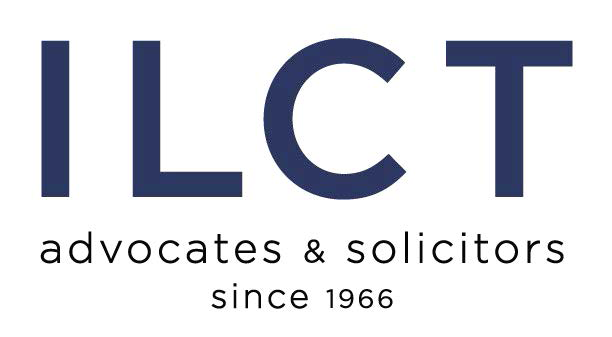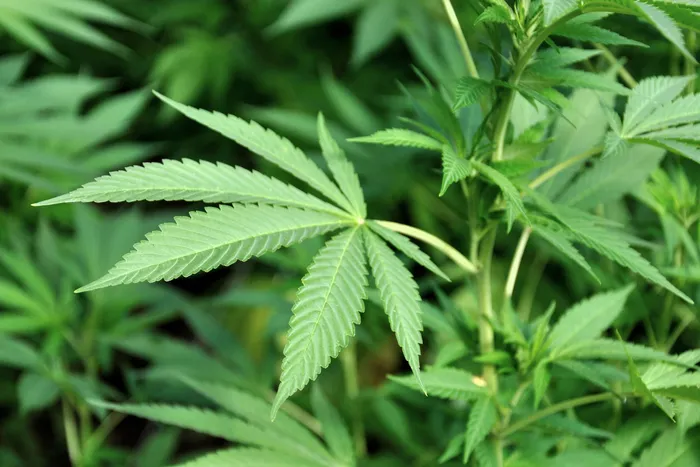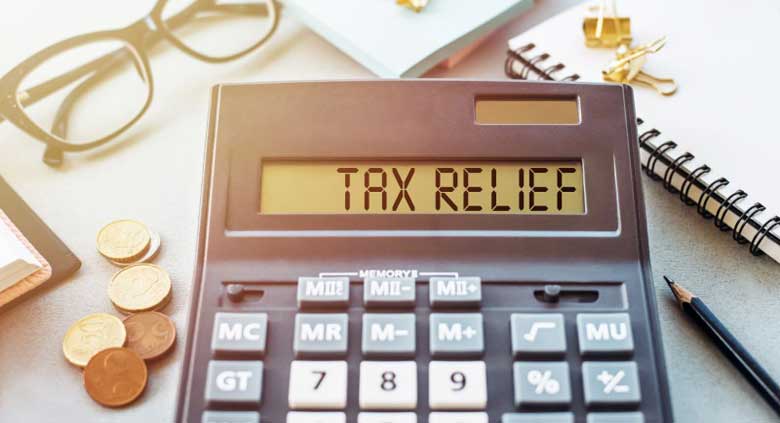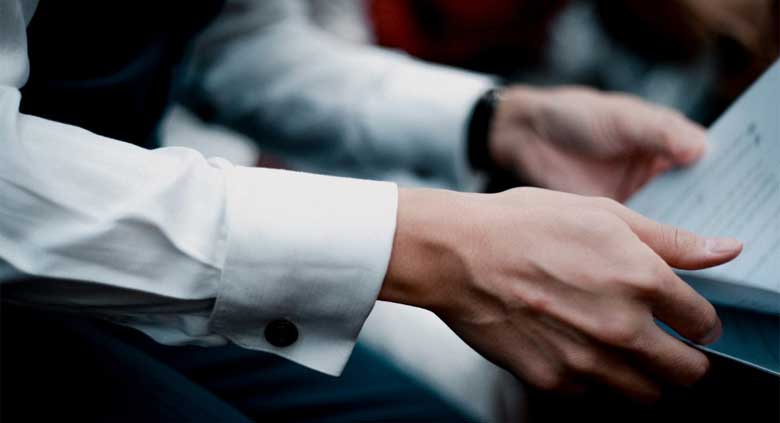Cabinet approves long-term visas to attract high-potential foreigners
In an attempt to attract ‘high-potential’ foreigners to stay in Thailand to stimulate domestic spending and investment, on January 28, 2022, the Cabinet of the Royal Thai Government approved a long-term visa (10 years) dedicated to wealthy and highly skilled professionals, retirees, and nomad workers in the country.
The new regulations were proposed in two drafted Ministerial Announcements by the Ministry of Interior and the Ministry of Labor. The plan targets four groups of high-potential foreigners:
-
- Wealthy foreigners – wealthy individuals holding at least USD 1 million in assets
- Retirees – individuals aged 50 years and older who have an annual income or stable income
- Work-from-Thailand professionals – remote workers working for well-established overseas companies
- High-skilled professionals – professionals or experts in targeted industries working for business entities, higher education institutions, research centers, specialized training institutions in Thailand, or Thai government agencies.
According to the Ministry of Interior’s Announcement, the regulations will provide for the long-term resident visa (LTR visa) under the conditions specified as follows.
The Long-term resident visa (LTR) can be requested for up to four family members (including spouses and children under 20). The qualifications and conditions are determined by the Board of Investment, being the designated authority to handle the application procedure.
As announced on June 16, 2022, starting from September 1, 2022, foreigners can submit a request for a qualification endorsement letter together with evidence and documents required by the Board of Investment, Royal Embassies, or Consulate Generals in foreign countries, or other channels to be determined by the Board of Investment.
The steps for applications and stipulations for the LTR Visa approval are:
-
- Register and submit an online application for a qualification endorsement letter for the LTR visa, together with all supporting documents.
- Within 20 working days, after the completed documents are received, applicants will be notified of the results.
- Qualified applicants may then proceed with applying for LTR visa issuance at the Royal Thai Embassies/the Royal Thai Consulate-Generals overseas, or Immigration Offices in Thailand, within 60 days from the issuance date of the endorsement letter. The visa will be valid for initially 5 years plus an extension for another 5 years, with the total validity period capped at 10 years.
- After receiving the visa, foreigners can apply for a work permit. The LTR Visa comes with the benefit of facilitation services for visa and work permit, thus, applicants who work in Thailand may collect digital work permits at the Department of Employment at the One Stop Service Centre for Visa and Work Permit, Chamchuri Square Building, Bangkok, or provincial labour offices. The processing fee is 3,000THB per annum to maintain a digital work permit.
- Foreigners applying for a work permit are allowed to start working right after submission without having to wait for the work permit issuance itself. However, the validity of the work permit is as follows:
-
- If they are employed, their work permits shall be valid for the same period as the employment contracts, but not more than 5 years starting from the issuance date of the work permit. Their work permits can be extended according to the term of their employment contract, for up to 5 years at a time.
- Those who are self-employed can apply for the work permits for up to 5 years, and the permits can be renewed for not more than 5 years each time.
Foreigners can apply for a change in the visa type after receiving an LTR Visa, in compliance with the regulations of the Immigration Bureau.
If the foreigners fail to comply with the requirements specified for each eligible category, their LTR Visa shall be revoked.
On May 10, 2022, the Government Spokeswoman Rachada Dhnadirek, announced that the cabinet approved a 50% reduction of the processing fee for the 10-year-visa with multiple entries, from 100,000THB to 50,000THB. The approval will be effective 90 days after the Ministry of Interior’s announcement and publication in the Government Gazette.
Other privileges that will benefit the LTR Visa holders are:
-
- Exemption from the “four Thais to one foreigner” employment requirement ratio
- Fast track service at international airports in Thailand
- 17% personal income tax for high-skilled professionals
- Residential Address reporting only once a year, in lieu of every 90 days.
For any inquiries related to immigration, visa requirements and related regulations, including general immigration regulations, please contact
Cabinet approves long-term visas to attract high-potential foreigners Download







